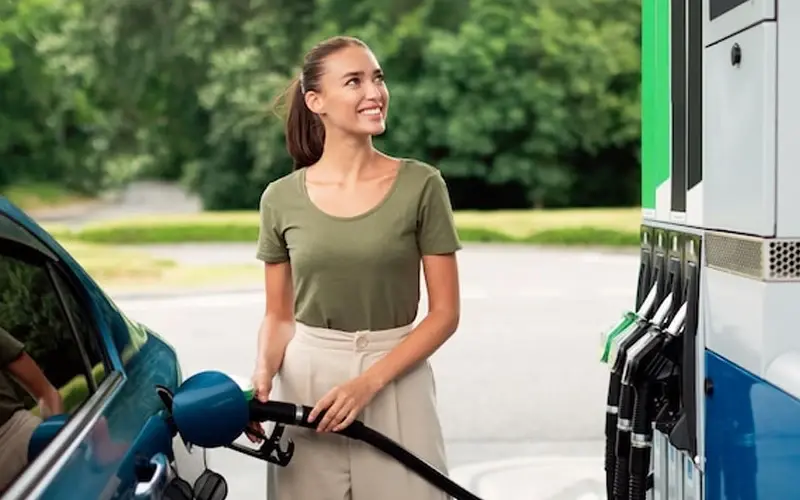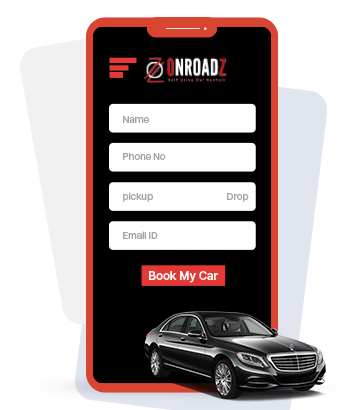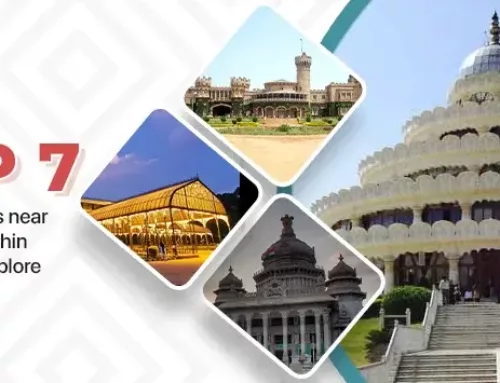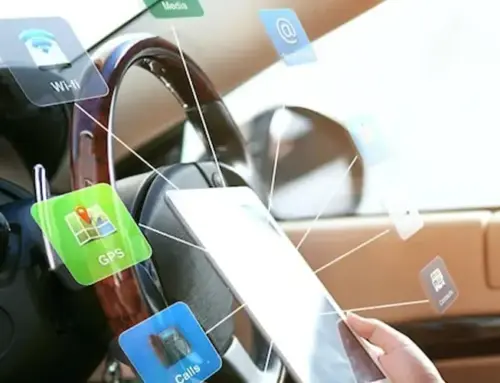10 Tips for Fuel-Efficient Driving Techniques To Maximize Mileage on Your Trip
Fuel-Efficient Driving Techniques: Maximizing Mileage on Your Trip
Inflationary pressures on fuel prices increase the need for fuel efficiency. Nowadays every one looking for a solution to get high fuel economy while they are driving inside the city or planning a trip. So, driving efficiently can save you hundreds of rupees, improve safety, and prevent wear on vehicles, adapting these fuel-efficient driving techniques helps you maximize your fuel economy and lower carbon emissions by 25%.
When renting a car for your trip, look for fuel-efficient options
Many people cannot afford to purchase a car, so what can be done? One option is to choose a reputable car rental company with unlimited kilometers. These agencies maintain their vehicles to meet customers’ needs and offer a variety of models to choose from. Some of these models have features like cruise control, auto start and stop, and automatic transmission, these options are included when you book a car from the self drive car rental agencies. Additionally, you can follow other driving techniques to maximize your fuel economy.
If you own a car, that doesn’t have some of these options it is important to follow all these fuel-efficient driving techniques to achieve better fuel economy on your trips.
Fuel-efficient driving: Maximizing mileage and saving money
Fuel-efficient driving is a set of techniques that drivers can use to improve their vehicles’ fuel economy. This means using less fuel to travel the same distance, which can save money on fuel costs and reduce your environmental impact.
Key fuel-efficient driving techniques:
Accelerate and brake gently for smooth sailing and fuel economy
Be as smooth as possible with the car’s controls. Aggressive acceleration and braking are more fun to drive but this consumes more fuel. Speeding can reduce your fuel economy by 7% to 14%. Instead, accelerate smoothly and brake early and gradually. This will help you maintain a steady speed and reduce your fuel consumption.
Maintain a steady speed. Go with the flow to save fuel
When your speed fluctuates, your vehicle uses more fuel. It is important to remember that each vehicle has its own optimal speed for fuel efficiency. Try to drive at a constant speed, especially on highways. This will help you avoid unnecessary acceleration and braking.
Avoid unnecessary idling. Turn off your engine to save fuel.
Idling your vehicle can burn more fuel, even for a few minutes. If you’re going to be stopped for over 30 seconds, turn off your engine. This is especially important in traffic, as idling can waste a significant amount of fuel.
In Automatic engines stop and start options are available in most of the cars this shuts the engine off when the vehicle’s stopped. If your vehicle has an automatic engine stop and start, leaving it active can maximize the fuel efficiency of your vehicle.
One of the most common fuel-efficient driving techniques is using the automatic start-stop feature or turning off your engine.
Are you planning for a trip and want to rent self driving car, choose a car with auto start and stop and some more features for a convenient long drive.
Gearshift at the Right Speed
To be more fuel efficient, it’s important to maintain the correct gear-to-speed ratio and shift up at around 2,000 rpm (or 1,500 rpm for diesel engines) for optimal speed and efficiency. When you drive in the wrong gear, it can put a strain on your vehicle’s engine and lead to higher fuel consumption, especially when you shift up and down frequently to gain more acceleration. So, practicing these techniques can help reduce fuel consumption and improve your driving habits.
Reduce vehicle load: less weight, more fuel savings
One simple way to do this is by reducing the weight of your vehicle. Carrying unnecessary items can decrease fuel economy by up to 10%, so it’s important to avoid carrying extra weight whenever possible. Additionally, consider removing roof racks and bike carriers when you’re not using them to further decrease the weight of your vehicle and improve your fuel efficiency.
Use cruise control wisely- A steady speed saves fuel, but not always
Maintaining a steady speed can enhance your fuel economy, and cruise control can assist with this. However, it is crucial to use cruise control judiciously. Avoid using it in stop-and-go traffic or on winding roads, as this can actually result in fuel wastage. Keep practicing fuel-efficient driving skills.
Optimize tire pressure-Properly inflated tires save fuel
To achieve fuel-efficient driving, it’s important to regularly check the pressure of your tires to ensure they are inflated to the recommended levels from the manufacturer. Under-inflated tires can reduce your fuel economy by up to 3%, which can add up over time. To maintain consistent fuel efficiency, it’s best to keep an eye on your tire pressure, especially before embarking on a trip.
Use air conditioning sparingly-Save fuel with open windows
Did you know that using air conditioning in your vehicle can decrease fuel economy by up to 10%? To improve fuel efficiency, it’s recommended to open the windows instead of using the AC, especially on short trips. If you do need to use the AC, try using it partially to save fuel.
Tips for maximizing mileage on long trips :
Plan your route carefully-Avoid heavy traffic and find fuel-efficient routes
While planning your long road trip, take your time to map out your route carefully. Avoid highways with heavy traffic and look for alternate routes that may be more fuel-efficient. You can also use a fuel-efficiency app to help you find the best routes.
Combine errands-reduce stops and starts for better fuel-efficient Driving.
Combining trips can save you money. If you have multiple errands to run, try to incorporate them into one trip. This will help you avoid unnecessary stops and starts, which can waste your fuel and money.
Combining errands is probably suitable for those who hire low rent self driven cars in order to avoid spending too much money on many trips, plan carefully.
Conclusion :
Save more, drive better, and do good with fuel-efficient Techniques.
Following these tips requires too much effort to implement, and you don’t need to be an expert mechanic to understand the ways in which they help improve efficiency. Follow them diligently to save money in times of inflated fuel prices.
Rent a Self Drive Car!
PRICE STARTS @ JUST RS.999/day














